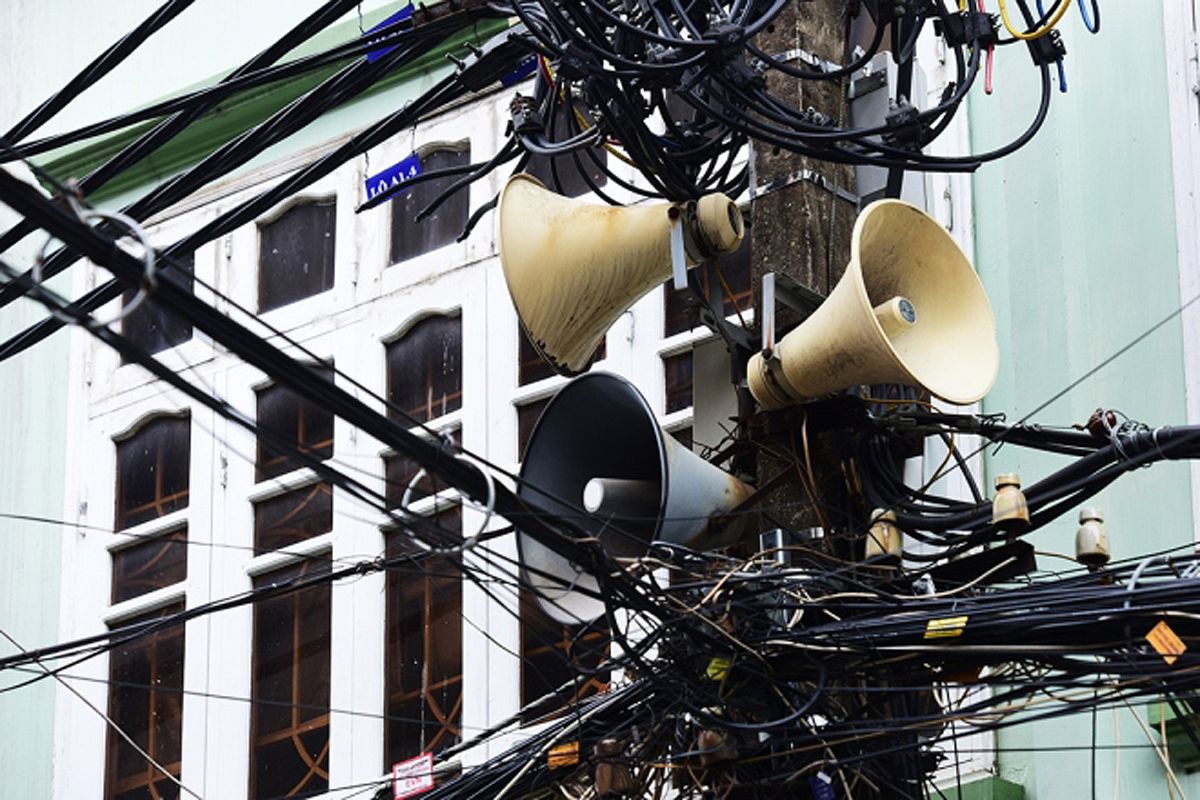Five Vietnamese universities were included in this year’s QS Ranking (Quacquarelli Symonds) for Asia. However, their positions are rather humble compared to their regional counterparts.
According to Tuoi Tre, the five institutions have been on the list for a few years now, and this year’s report didn’t see any significant changes in rankings among the five. Hanoi-based Vietnam National University (VNU Hanoi) – the country’s best-performing college – is still in the same position as last year, 139th.
Vietnam National University’s Saigon branch saw a boost from 147th to 142nd, while Can Tho University and Hue University found their way into the top 400. This is also the first year that QS extended its list to 400 institutions. Nonetheless, only the first 250 colleges are individually ranked.
Hanoi’s University of Science and Technology did slightly better, having risen from the 301st-350th group to the 291st-300th set.
VnExpress shares that QS used ten indicators to create the rankings, including academic reputation, employer reputation, student-faculty ratio, citations per paper and papers per faculty, staff with a PhD, proportion of international faculty and proportion of international students, proportion of inbound exchange students and proportion of outbound exchange students.
However, the first five indicators are the most important, accounting for 85% of the final scores.
Professor Nguyen Huu Duc, the incumbent vice principal of the Vietnam National University in Hanoi, explained to Tuoi Tre why local schools didn’t fare well in the list.
Duc said that from 2011 to 2015, Asian lecturers published an average of 4.5 journal articles on Scopus – the world’s largest database of peer-reviewed research literature – while Vietnam’s average is just 0.7 articles. The country’s annual average is only 0.14.
However, the academic also noted some positive signs that Vietnam is doing better. For example, the country’s student-faculty ratio is nearing the Asian average: 14.2 students per professor at VNU, compared to the continent-wide average of 12.5.
VNU Hanoi also exceeded the Asian average this year for citations per paper: 5.8, compared to the regional average of 5.2.
Research Director Ben Sowter from QS told the Straits Times that there were some shakeups this year among the top positions. For example, the Hong Kong University of Science and Technology (HKUST) replaced prestigious Hong Kong University at 3rd place.
"This is a result of the region's universities continually striving to become competitive, forward-thinking, and internationally attractive. Such an attitude is particularly noticeable in Singapore," he added.
The top two universities in Asia are Singapore's Nanyang Technological University and the National University of Singapore, respectively.
[Photo via vnu.edu]















